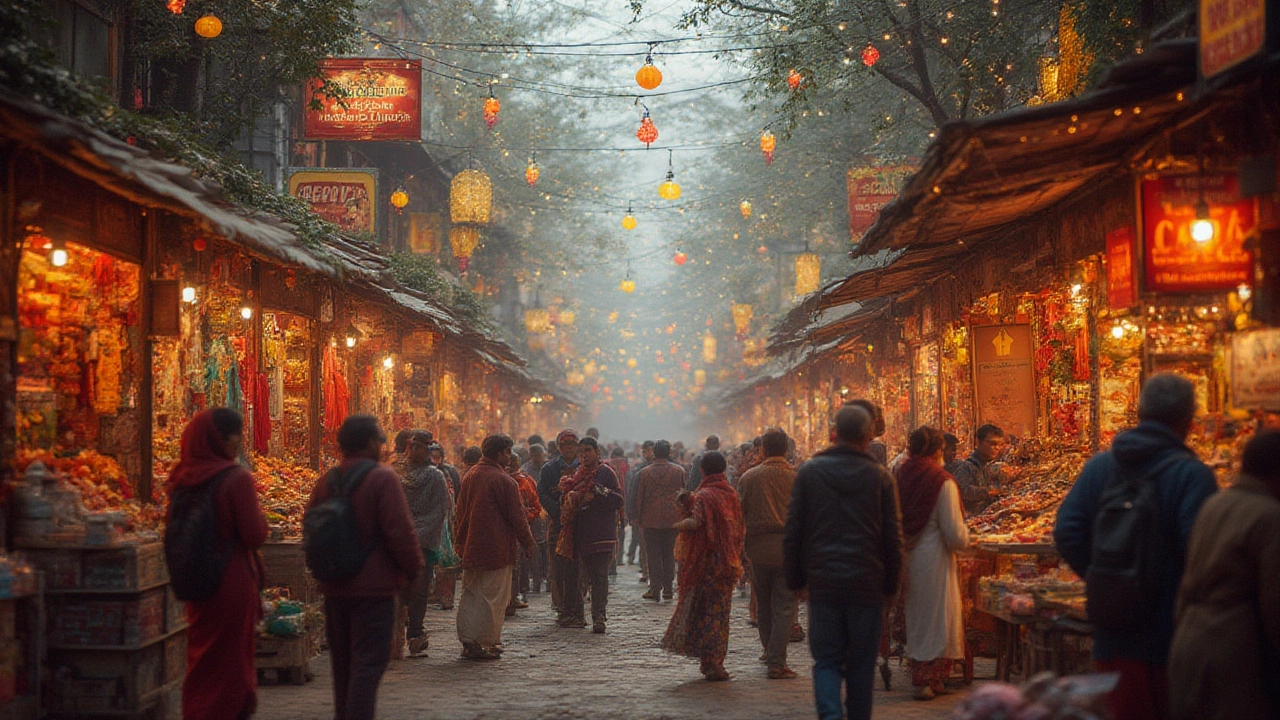
Find out why December is the most expensive month to visit India, how prices skyrocket, and ways to dodge massive costs during high season travel.
When planning India tourism prices, the total amount you’ll spend on transport, lodging, food, entry fees and extra activities while traveling across India. Also known as travel cost in India, it helps you budget smartly and avoid surprise expenses. India tourism prices are more than a number – they shape where you stay, what you eat and how far you can roam. Travel cost, the sum of all daily expenses like meals, tickets and tips fully depends on Currency exchange rates, the value of foreign money against the Indian rupee, which can swing by a few percent every month. Knowing the current rate lets you lock in realistic budgets instead of guessing. Meanwhile, Budget travel, a planning style that trims non‑essential spend while still delivering authentic experiences influences which cities you pick, the type of transport you use, and whether you stay in hostels or boutique hotels. Finally, Tourism safety, the assessment of health, security and local conditions for visitors can add or cut costs – safer areas often have more affordable accommodation, while high‑risk zones may require extra insurance or medical preparedness. In short, India tourism prices encompass travel cost estimates, require knowledge of currency exchange, and are shaped by budget travel choices and safety considerations.
First off, regional price differences matter. Metro hubs like Delhi and Mumbai charge more for hotels and dining than smaller towns such as Mysore or Varanasi. This geographic split means you can stretch a modest budget by mixing big‑city highlights with off‑beat stops. Second, the season you travel influences rates dramatically. Peak winter (November‑February) drives up flight and hotel prices in the north because of festivals and cooler weather, while the monsoon months often see discounts on accommodation in hill stations. Third, the mode of transport you choose adds a predictable layer to the total. Trains are generally cheaper than domestic flights, but premium sleeper classes or private desert safaris can push the cost higher. Fourth, local food choices are a hidden lever – street‑food plates cost a fraction of restaurant meals, yet both can offer safe, tasty options if you research hygiene reviews. Finally, exchange rate timing can shave off 5‑10% of your overall spend; planning currency conversion a few weeks in advance or using a no‑fee travel card can protect you from sudden rupee appreciation. All these elements interlock: geography sets the base price, season adds a multiplier, transport mode creates a fixed line item, food habits trim the daily total, and exchange rates adjust the final figure.
What you’ll see in the post collection below mirrors this breakdown. We’ve gathered articles that answer the biggest “how much will it cost?” questions – from a detailed cost guide for US citizens, to the latest exchange rate tips, to safety advice for 2025, and even a quick FAQ on malaria pills that affect medical budgeting. Each piece dives into a slice of the overall price puzzle, giving you actionable numbers, real‑world examples and clear next steps. Whether you’re a backpacker hunting cheap hostels, a family looking for mid‑range comfort, or a luxury traveler weighing premium train cabins, the articles provide the data you need to plan confidently. Scroll down to explore the full range of insights and start building a realistic budget that lets you enjoy India without worrying about money surprises.

Find out why December is the most expensive month to visit India, how prices skyrocket, and ways to dodge massive costs during high season travel.